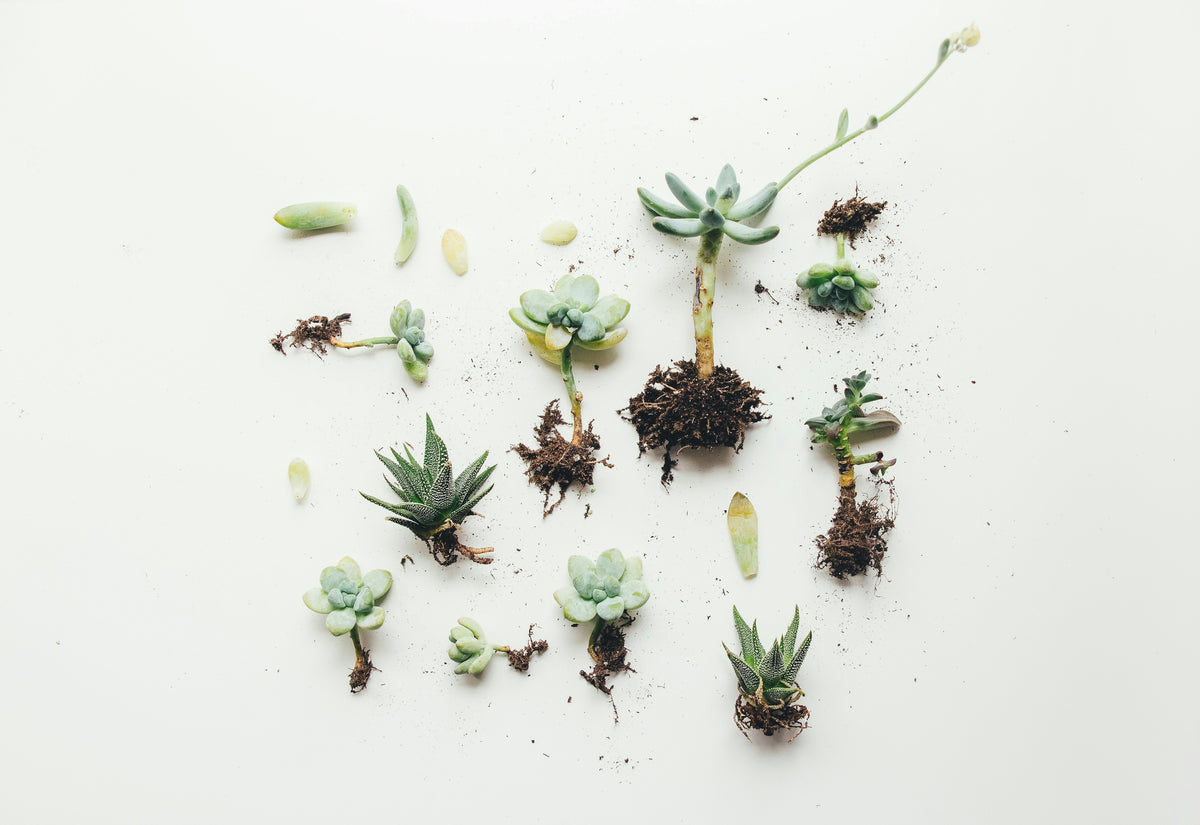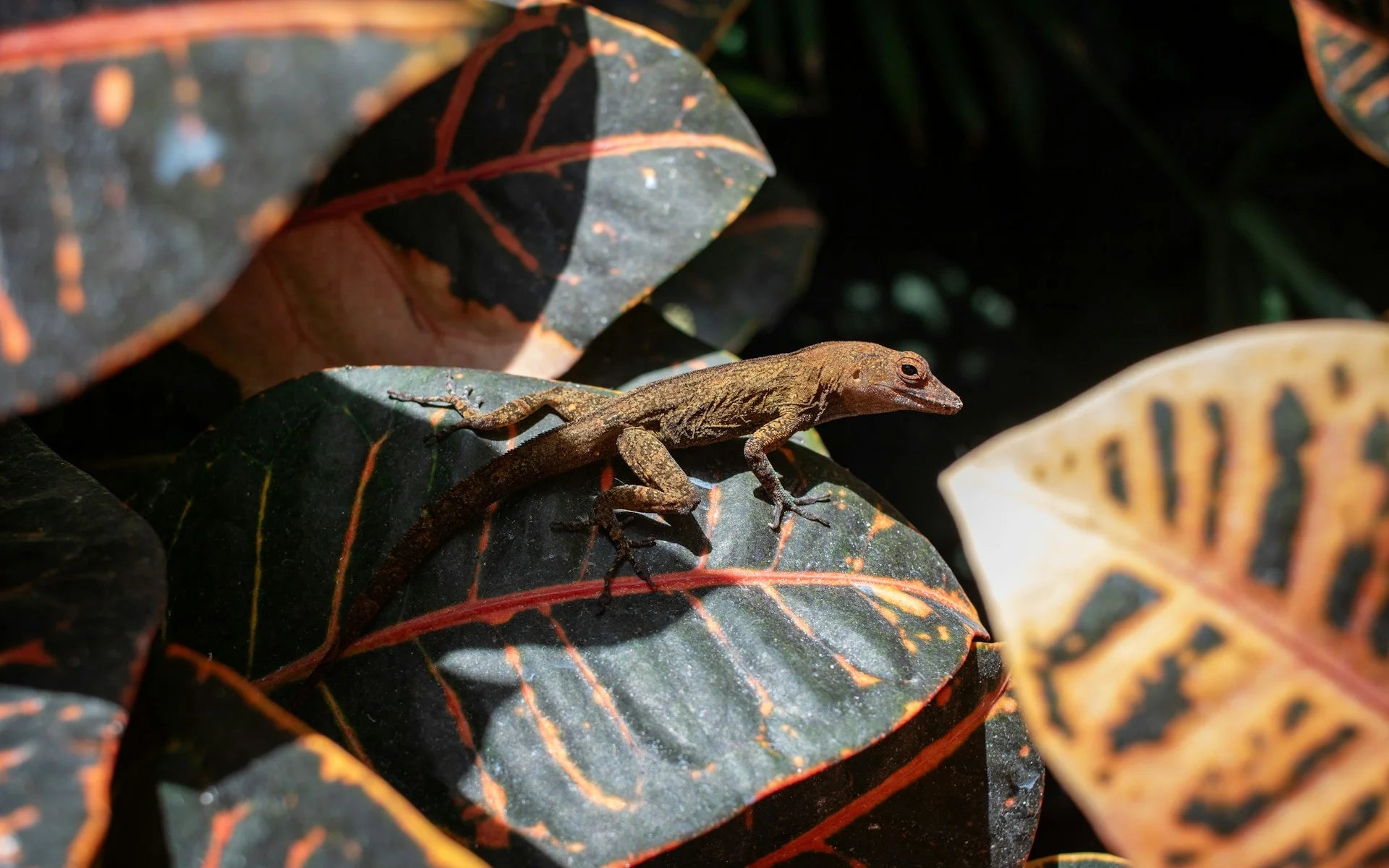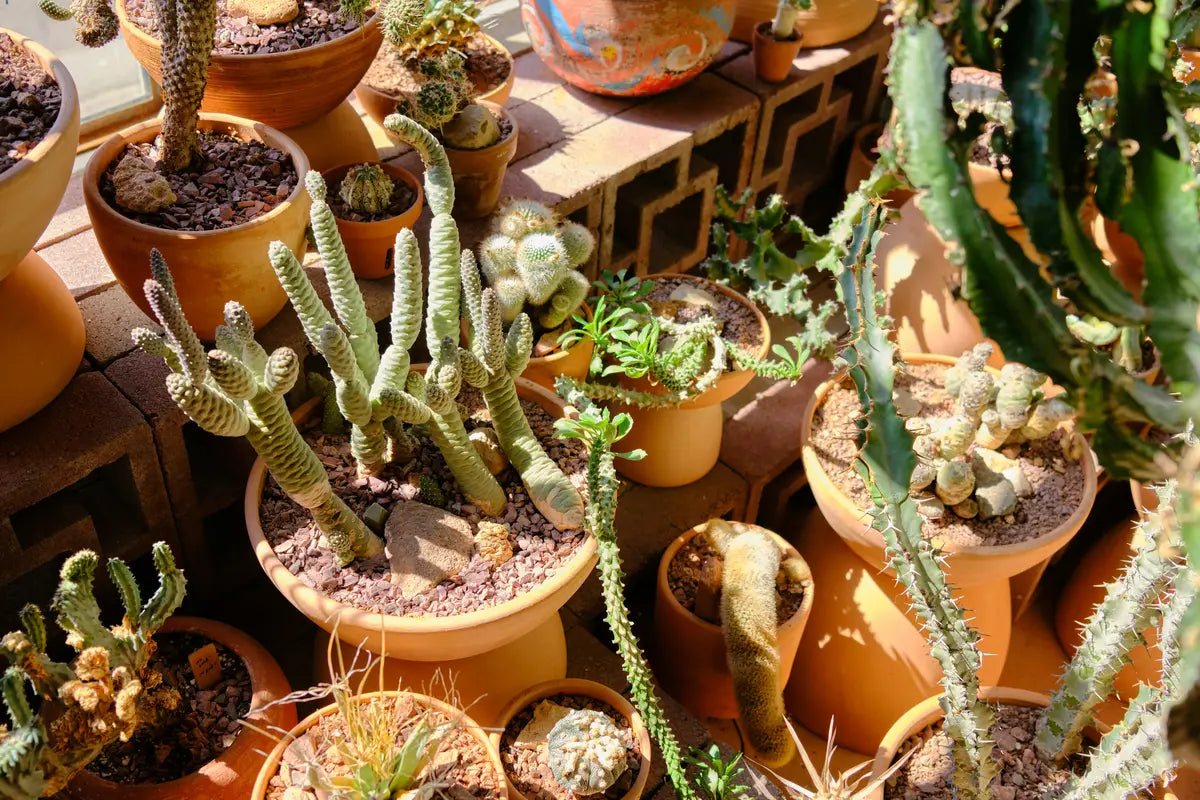Fertilizing indoor plants is essential to keeping them healthy, lush, and thriving. But understanding exactly how often to fertilize indoor plants can be tricky, especially with varying needs throughout the year. Indoor plants rely on the right combination of nutrients, water, and light to stay strong. In this guide, we'll cover how often to fertilize your plants in each season and why using Seedlingers Universal Plant Food is the best option for all indoor plants.
Why Fertilize Indoor Plants?
All plants have needs. Indoor plants, unlike outdoor plants, don’t have access to natural nutrients found in the environment. Over time, the soil in their pots loses its nutritional value, making regular fertilization necessary. Fertilizing provides plants with essential nutrients like nitrogen, phosphorus, and potassium, which promote healthy root development, vibrant foliage, and blooming. Without proper fertilization, plants can become weak, lose their vibrant color, and struggle to grow.
How Often to Fertilize Indoor Plants: A Seasonal Breakdown

Spring: Time to Start Feeding
Spring is the prime growing season for most indoor plants. As the days get longer and temperatures rise, plants emerge from their winter dormancy and require more nutrients to support new growth.
- How often to fertilize indoor plants in spring: Every 2 to 4 weeks.
- Best Practice: Begin fertilizing with Seedlingers Universal Plant Food when you see signs of new growth. The formula boosts plant energy, encouraging strong roots and vigorous leaves.
Summer: Keep the Growth Going
Summer is another active growth period for indoor plants. During this season, plants are typically at their peak, meaning they need a consistent supply of nutrients to maintain their vibrant appearance.
- How often to fertilize indoor plants in summer: Every 2 to 4 weeks.
- Best Practice: Fertilize regularly and water more frequently to support rapid growth. Use Seedlingers Plant Food to ensure plants have the energy they need to produce strong foliage and flowers.
Fall: Slow Down
As temperatures start to drop and sunlight wanes, indoor plants begin to enter a slower growth phase. They will still require some nutrients, but not at the same level as in spring or summer.
- How often to fertilize indoor plants in fall: Every 4 to 6 weeks.
- Best Practice: Gradually reduce the frequency of feeding with Seedlingers as plants slow down. This allows the plant to transition into its resting phase without being overstimulated.
Winter: Resting Phase
Winter is when most indoor plants enter dormancy, meaning they require very little to no fertilization. Fertilizing too often during this time can overwhelm plants and lead to nutrient buildup in the soil.
- How often to fertilize indoor plants in winter: Once every 6 to 8 weeks, or not at all.
- Best Practice: Use Seedlingers Plant Food sparingly, only for plants that continue growing during winter (such as some tropicals).
Why Seedlingers Universal Plant Food is the Best Choice

Seedlingers Universal Plant Food stands out as a versatile and highly effective fertilizer for all indoor (and outdoor) plants. Its energy-rich formula nourishes both plants and soil, promoting healthier roots and vibrant growth. Here’s why Seedlingers is perfect for all your indoor plant needs:
Energy-Rich Formula for Maximum Growth
Seedlingers is packed with essential nutrients that are quickly absorbed by plants, making it a powerhouse fertilizer. The formula boosts flower and fruit production while aiding in root generation and overall plant establishment. It not only feeds your plants but also enhances soil health by feeding the beneficial microbes within the soil.
Sweet Smelling & Manure-Free
Unlike many fertilizers that leave behind a strong, unpleasant odor, Seedlingers Universal Plant Food is manure-free and includes molasses as a non-nutrient ingredient. This makes it perfect for indoor use, as it won’t leave your home smelling like a barnyard. Your plants will thrive while you enjoy a clean, fresh-smelling environment.
Repairs Tired, Nutrient-Deficient Soil
Indoor plants often suffer from soil that loses its nutrients over time. Seedlingers works to repair and rejuvenate nutrient-deficient soil. It feeds not only the plants but also the microbes in the soil, creating a healthier, more fertile environment for your plants to grow in. This is particularly important if your plants are potted in the same soil for long periods.
How to Use Seedlingers Plant Food
Applying Seedlingers Universal Plant Food is incredibly easy, making it suitable for both advanced gardeners and beginners alike. It’s designed to deliver exceptional results without complicated instructions. Here’s how to apply it:
- Application: Apply directly to plant leaves and soil for best results. It works quickly by soaking into the soil and being absorbed by the plant roots.
- Frequency: Seedlingers should be applied as needed, usually once a week during the growing season (spring and summer). In fall and winter, reduce the frequency based on the plant’s growth cycle.
Concentrate Mixing Instructions
Seedlingers is available in concentrate form, which makes it easy to customize based on your plant’s needs. Here’s a quick guide on how much concentrate to use:
- Mix 1 oz of concentrate per gallon of water.
- For hydroponic systems, add 1 oz of concentrate per gallon of water each week.
Coverage per Size:
- Quart Concentrate: Makes 32 gallons.
- Gallon Concentrate: Makes 128 gallons.
- 2.5 Gallon Concentrate: Makes 320 gallons.
- 5 Gallon Concentrate: Makes 640 gallons.
- 55 Gallon Concentrate: Makes 7,040 gallons.
Seedlingers is designed for both indoor and outdoor plants, making it a highly versatile fertilizer that you can use across your garden, hydroponic system, or home.
Frequently Asked Questions (FAQ)
Q: Can I use Seedlingers on all types of indoor plants?
A: Yes! Seedlingers Universal Plant Food is formulated to work with all indoor plants, from flowering plants to succulents and tropicals.
Q: How often should I fertilize in winter?
A: Fertilize only once every 6 to 8 weeks, or not at all, depending on the plant. Seedlingers is gentle enough to be used sparingly in winter without overwhelming plants.
Q: Is Seedlingers safe to use around pets and children?
A: Yes, Seedlingers is safe for use around kids and pets because it is made from all-natural ingredients and free from harmful chemicals.
Q: Can Seedlingers be used in hydroponic systems?
A: Absolutely! Simply mix 1 oz per gallon of water and add it to your hydroponic system weekly.
Q: What’s the best way to store Seedlingers Plant Food?
A: Store in a cool, dry place and ensure the cap is tightly sealed to preserve its freshness.
Maximizing Results by Knowing How Often to Fertilize Indoor Plants

Fertilizing your indoor plants at the right time and frequency is essential for their long-term health and vibrancy. Understanding how often to fertilize indoor plants—especially with a high-quality product like Seedlingers Universal Plant Food—helps create strong roots, beautiful foliage, and healthy growth.
With its energy-rich formula, Seedlingers not only feeds your plants but also revitalizes the soil, making it the perfect solution for both experienced gardeners and beginners. Following the right fertilization schedule by season will help ensure your plants receive exactly what they need when they need it.
Ready to learn more about using Messinas products to maintain your greenery? Read our blog!



Leave a comment
This site is protected by hCaptcha and the hCaptcha Privacy Policy and Terms of Service apply.